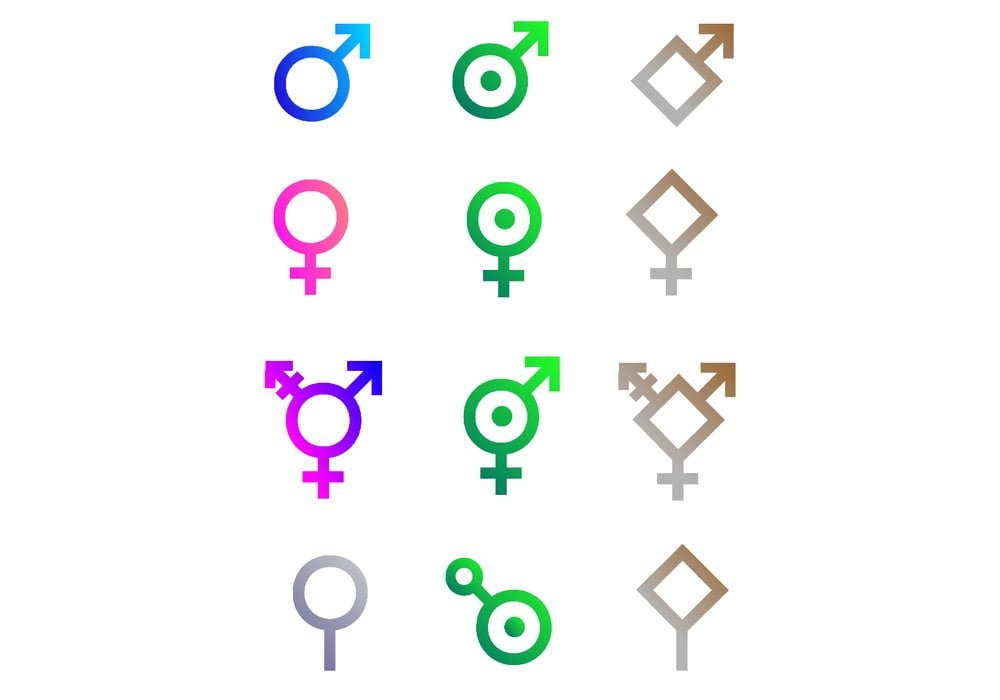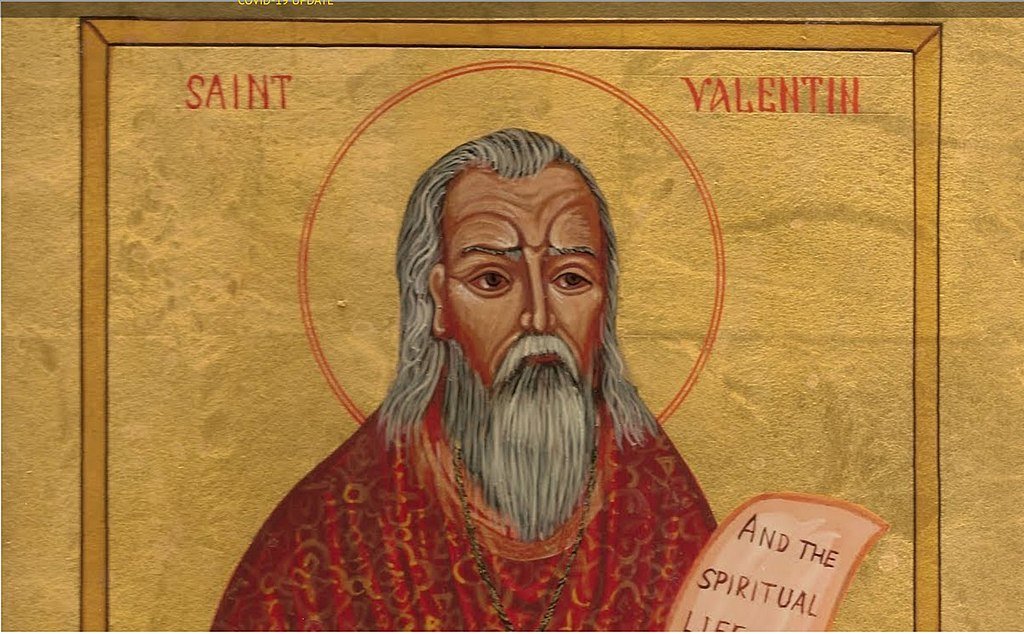Sexuality: Straight, gay, sapio, aromantic, pansexual… what are you?
For many of us sexual orientations are limited to being straight, gay, bi or LGBT. But there are many other sentimental, emotional and sexual identities. We draw up the range of all these ways of loving still too little known. Sometimes feelings take on more importance than sex, or are absent altogether.
Gender identity is not controllable. It is therefore all the more essential to recognize the right of each orientation to exist, in particular by naming it.
1. Androsexuality
This term refers to anyone, regardless of gender, who feels drawn to masculinity. The androsexual will thus be likely to fall under the spell of a man, but also of the male part of a woman.
2. Androgynosexuality
Expresses the principle of attraction or love for a person with androgynous physical or psychological traits, namely female and male.
3. Aromanticism
Aromantics may experience sexual attraction but do not have a love affair in the classic sense. They do not want to bond with someone via a stable relationship and refuse the principle of monogamy.
4. Asexuality
Asexuals do not experience physical or sexual desire, even when they are in a relationship. This does not prevent them from falling in love, from having passion and strong feelings.
5. Autosexuality
A sexualized version of narcissism, autosexuality is about being attracted to yourself rather than to others, sentimentally or romantically as well as physically.
6. Bisexuality
Bisexuality does not mean having relationships with men and women at the same time, but simply loving ambivalently, without the gender of the individual necessarily being taken into account.
7. Bi-curiosity
This term applies to people who define themselves as heterosexual but who show curiosity and some interest in having a sentimental experience or story with a person of the same sex.
8. Demisexuality
Orientation consisting in not feeling romantic or sexual attraction until a very strong emotional bond has been created with the other. A demisexual will thus not fall under the spell of physical, psychological or intellectual characteristics, but only of the deep intimacy that has been created with an individual in a non-gendered way.
9. Graysexuality or gray sexuality
This is the name given to individuals on the spectrum between asexuality and sexuality. Sexuality does not therefore play an essential role in their sentimental and emotional life, but without being totally absent.
10. Gynesexuality
Emotional or sexual attraction to women or anyone with feminine characteristics, such as an effeminate man or a transgender woman. It is the female counterpart of androsexuality.
11. Heterosexuality
It is characterized by the ability to experience attraction or romantic feelings exclusively for a person of the other sex.
12. Homosexuality
Sexual orientation consisting in wanting or loving only a person of the same sex.
Read also ? Homosexuality against nature? Some say that homosexuality is unnatural. Is it true ?
13. Pansexuality
Also called omnisexuality, it refers to the principle of being sexually or sentimentally attracted to any type of person, whether male, female, trans or non-binary. Pansexual relationships are therefore totally non-gendered. Refers to a person who feels sexually attracted to any kind of person (man, woman, cis, trans …). They do not ask the question of the object of their desire based on gender, sexual orientation, gender identity.
14. Pomosexuality
Gay men challenge existing identities, believing that no term will ever be complete enough to describe the complexity of sex. Their name originates from the abbreviation of postmodernism. A philosophical and artistic movement that appeared in the 20th century, aiming to break with all conventions.
15. Queer, non-binary or gender fluid
Term that applies to a person whose gender identity is neither male nor female. He therefore also refuses to be sexually gendered, not accepting to be labeled straight, homosexual, bi or whatever.
16. Same Gender Loving
Same Gender Loving is a concept created by individuals refusing to assert themselves as bi, gay or lesbian, finding these terms linked to too Western a culture.
17. Sapiosexuality
Refers to an individual who is emotionally or sexually attracted to the intelligence of another. Appearance and physical attraction are therefore of little importance to a sapiosexual.
18. Skoliosexuality
Refers to people with a sentimental or sexual attraction to non-binary, transgender or androgynous individuals.
19. Polysexuals
The polysexual is a person capable of having two or more romantic or sexual relationships followed by almost similar intensity (true parallel love stories). the polysexual will only be able to develop feelings or desire for certain sexualities, for example women and men disguised as women, but not transsexuals.
20. Lithsexuality
People with this type of sexual orientation experience attraction to other people, but they don’t feel the need for this feeling to be mutual.
21. Autosexuality
It is an attraction that is experienced towards oneself. It can be understood as a way to fuel feelings of self-worth.
22. Heteroflexible
Is a form of sexual orientation characterized by minimal homosexual activity in a predominantly heterosexual contrary orientation thus distinguishing it from bisexuality. It is characterized most of the time “more often heterosexual”. Although sometimes equated with bi-curiosity to describe a broad continuum of sexual orientation between heterosexuality and bisexuality, other authors distinguish heteroflexibility as the lack of the “desire to experiment with … sexuality” implied by the term bi-curious. The situation in which homosexual activity predominates is called homoflexibility.
Photo source: Wikimedia Commons
The Evolving Landscape of Moral Change: Exploring Examples of Ethical Evolution


